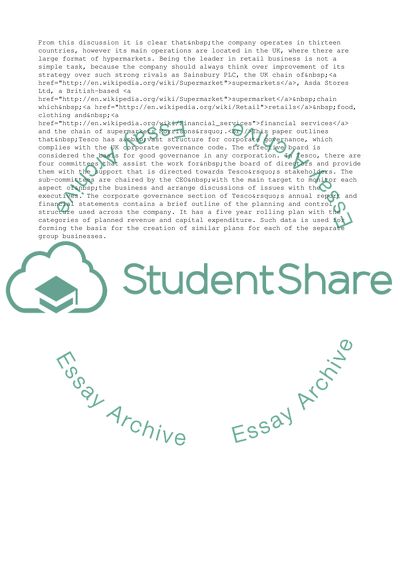Cite this document
(“Tesco International Business Strategy Essay Example | Topics and Well Written Essays - 3250 words”, n.d.)
Retrieved from https://studentshare.org/management/1672926-international-business-strategy
Retrieved from https://studentshare.org/management/1672926-international-business-strategy
(Tesco International Business Strategy Essay Example | Topics and Well Written Essays - 3250 Words)
https://studentshare.org/management/1672926-international-business-strategy.
https://studentshare.org/management/1672926-international-business-strategy.
“Tesco International Business Strategy Essay Example | Topics and Well Written Essays - 3250 Words”, n.d. https://studentshare.org/management/1672926-international-business-strategy.


